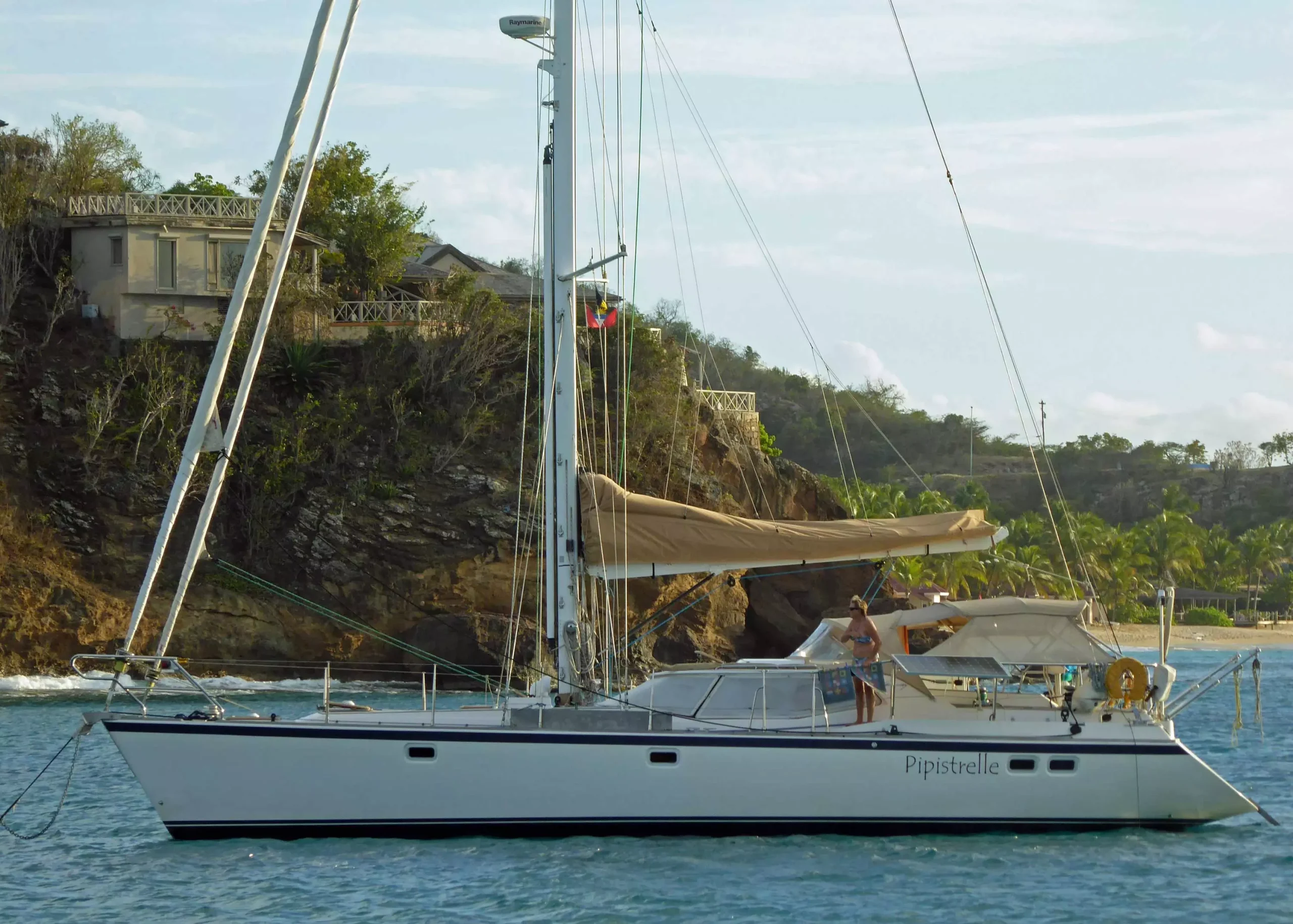Overview of Sailing Sloops
A sailing sloop features a single mast paired with a two-sail setup, including a mainsail and a headsail. This simple and cost-efficient rig stands out as a popular choice for cruising, especially for boats measuring less than 45 feet. The beauty of a sailing sloop lies in its straightforward design, making it an attractive option for both novice sailors and seasoned adventurers.
Table of Contents
Is a Sailing Sloop Rig the Best for Cruising?
Types of Sloop Rig Variants
How Sloops Stand Out Among Other Cruising Rigs
Frequently Asked Questions about Sloop Rigs
Is a Sailing Sloop Rig the Best for Cruising?
The fascination with sailing on well-balanced sloops often draws adventurers back to the water. While racing crews might gravitate towards high-aspect ratio rigs for superior performance, cruisers often seek reliability and versatility. A sloop’s manageable design is paramount when sailing under a variety of conditions, especially when short-handed. Many sailors appreciate the balance that a moderate-aspect ratio sloop provides, combining effective windward performance with ease of handling.
With modern enhancements in furling systems and sail materials, sloops have evolved to offer more manageable operations, even in challenging weather. This comfort ensures that even those sailing solo can enjoy a fulfilling experience on the water. However, the choice of rig should align with one’s sailing style, budget, and the size of the intended boat.
Types of Sloop Rig Variants
The two primary configurations of a sloop rig are critical for those considering their sailing options:
Masthead Rigs: Simplicity in Design
Masthead rigs are identifiable by their forestay, which is attached at the very top of the mast. The headsail serves as the principal propulsion force, and its size can vary significantly. For example, different headsails can be used depending on wind conditions, ranging from smaller jibs to larger genoas.
Modern masthead sloops frequently utilize roller furling systems for headsails, streamlining sail management, particularly for those sailing alone. However, it’s essential to note that a partially furled headsail can lead to decreased performance in certain conditions, particularly when sailing upwind.
Fractional Rigs: Enhanced Control
Fractional rigs, on the other hand, attach the forestay lower on the mast, typically at 7/8ths or 3/4ths along its height. This design shifts more of the sail area toward the mainsail, leading to various benefits:
Easier Reefing: The mainsail is usually reefed first during rising winds, making it simpler to manage than fussing with smaller headsails.
Performance Tuning: By adjusting the backstay tension, sailors can flatten the mainsail, allowing for better control and stability in stronger gusts.
Downwind Capability: The larger mainsail provides more push when sailing downwind, while the smaller jib creates less drag.
Nevertheless, managing running backstays can introduce complex dynamics that require careful handling to ensure safety and stability.
How Sloops Compare to Other Cruising Rigs
Understanding the advantages and disadvantages of various rigs provides important context for potential sailors. Below is a comparative overview:
Feature |
Sloop Rig |
Cutter Rig |
Ketch Rig |
Mast & Sail Count |
One mast; two sails (main & headsail). |
One mast; two headsails (jib & staysail) & one mainsail. |
Two masts (main & mizzen); three sails. |
Sail Handling |
Simplistic and manageable for smaller boats; larger sails can be challenging in heavy seas. |
Sails are smaller and easier to manage, which benefits shorter crews. |
Divided sail area allows for easier handling, ideal for long-distance sailing. |
Windward Performance |
Generally the quickest rig for windward sailing. |
Good performance due to the bow’s slot created by the staysail. |
Less efficient upwind but performs well on a reach. |
Heavy Weather |
Challenging on larger vessels when reefing headsails. |
Excellent performance with the ability to use smaller staysails. |
Highly effective due to the versatility of sail size reduction. |
Cost & Maintenance |
Least expensive due to fewer components. |
More costly due to additional headsails and rigging requirements. |
Most expensive because of the extra masts, sails, and rigging necessary. |
This highlights the sloop as a versatile option for those interested in sailing, particularly for leisure and coastal adventures.
Conclusión
Opting for a sailing sloop rig enhances the sailing experience by combining efficiency with manageability, allowing sailors to navigate with confidence. Exploring various rig options and understanding the unique characteristics of each can lead to unforgettable seaside adventures. For those planning their next voyage, GetBoat.com serves as a reliable partner, providing an array of vessels tailored to diverse preferences and budgets.
Understanding a destination’s allure contributes to the ocean experience, teaching sailors about local cultures and nature. Renting a boat opens doors to explore new inlets, bays, and lagoons, solidifying the connection between the sea and local life. If this sounds like an adventure you’d like to embark upon, then check out GetBoat.com!
As the global tourism landscape continues to shift, recognizing the potential of slow but majestic experiences is essential. GetBoat stays ahead of these developments, ensuring a seamless experience for all travelers seeking to navigate the joys of yachting.


